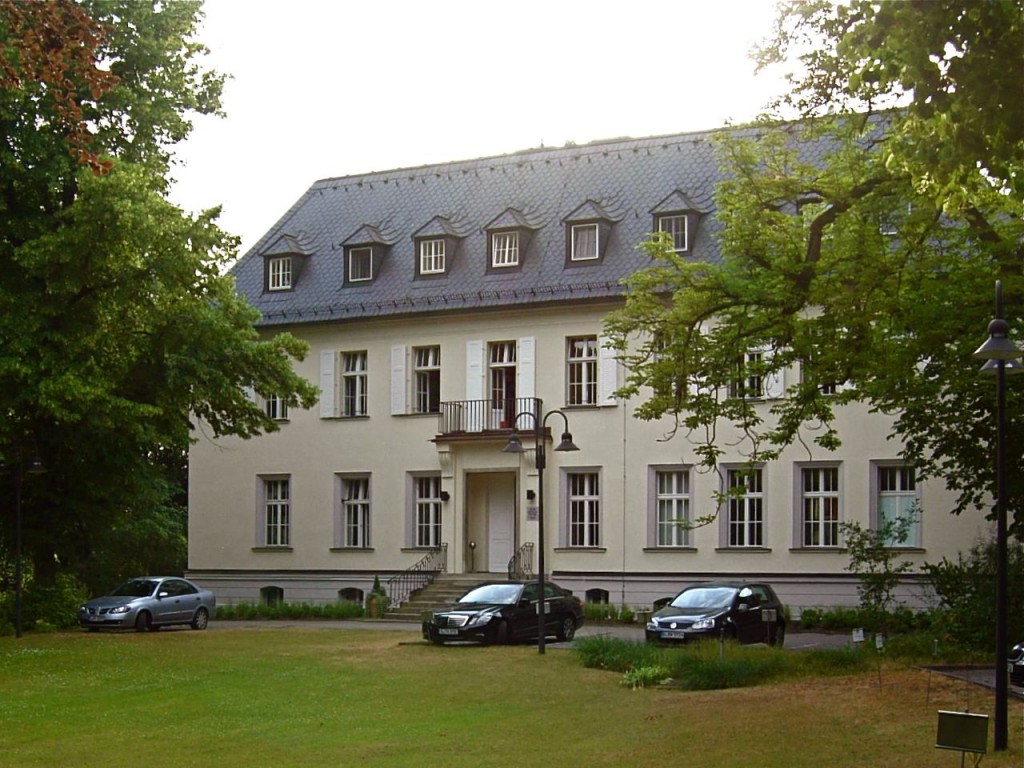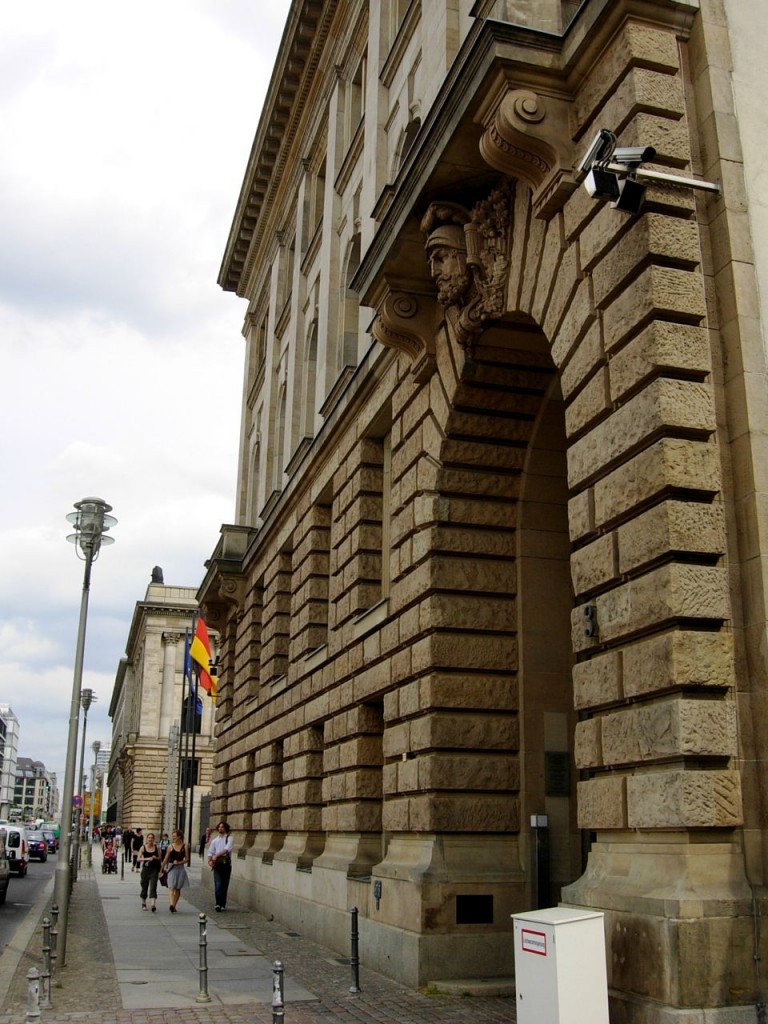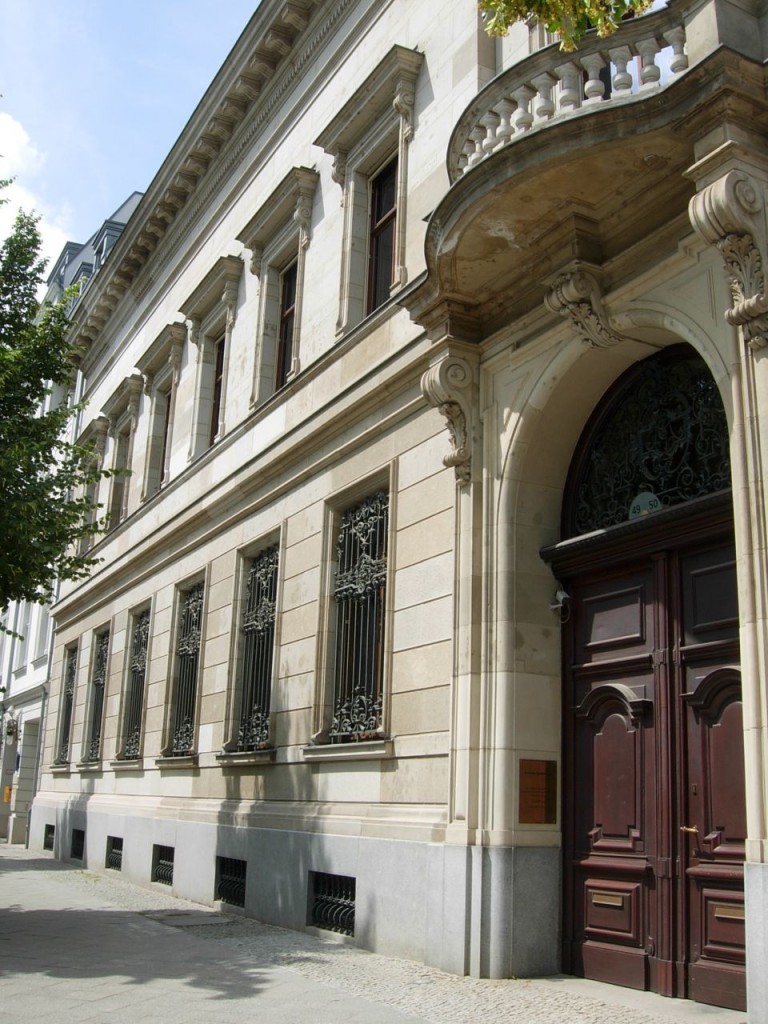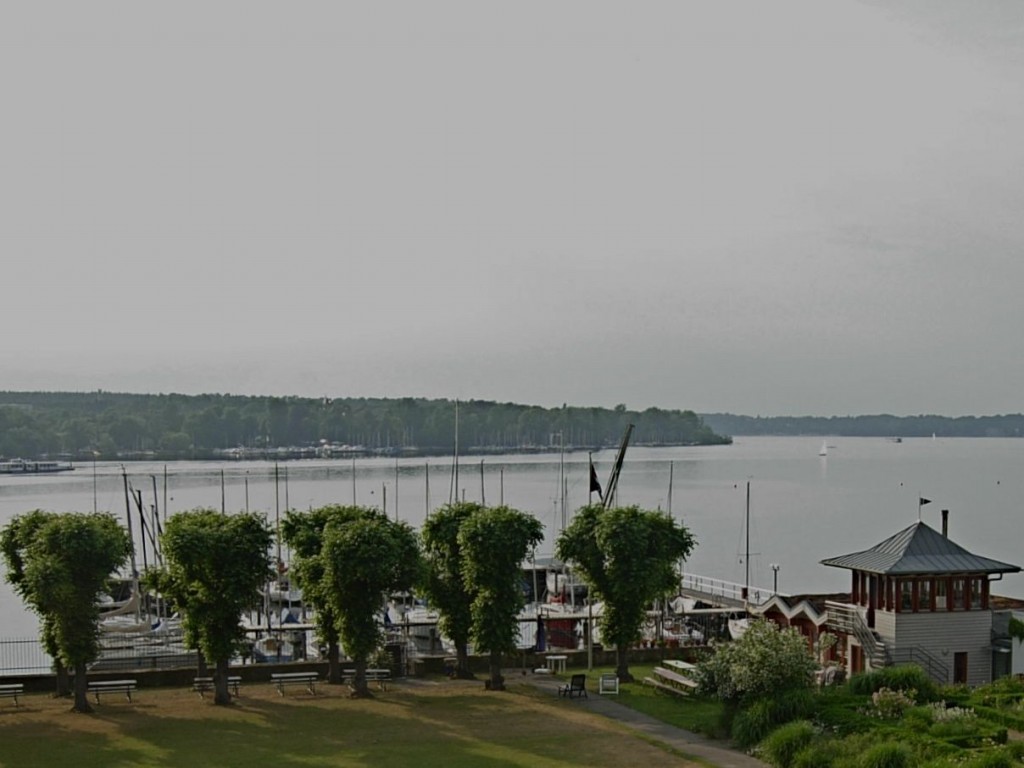Felix Mendelssohn in Wannsee

Last month, at the American Academy in Berlin, I had the pleasure of hearing students from the Curtis Institute of Philadelphia play Mendelssohn’s Octet, in collaboration with members of the Berlin Philharmonic. A rainstorm brewed over the Wannsee, thunder added its percussion to the uplifting strings as the rain came down. But what was most touching about the performance was to see such young players, all around twenty years of age, perform a work that Mendelssohn composed in 1825 in Berlin, when he was only 16 years old himself.
Walk on a windy day down Leipziger Straße and look for the house (No. 3) where the young Mendelssohn, with his girl-like curls, grew up, the one who met Goethe, Cherubini and Hegel, and you will be disappointed. It is hard to believe that this corner of Berlin, a few steps from Potsdamer Platz and constantly under construction, is where Germany’s most precocious composer, and his acculturating Jewish family, lived. There is no house here, it was destroyed presumably to make way for Berlin’s state parliament. Was there really, under this imposing structure, a sprawling garden and a summerhouse where the family hosted Sunday concerts, where the incidental music for A Midsummer Night’s Dream (written at 17) was first performed?
At Jägerstr. 49-50, in the historic financial center near Gendarmenmarkt in Mitte, original buildings remain. At first protected because of their social importance, the Mendelssohn family saw their private bank broken up by the Nazis in 1938. Most of them fled abroad. Here there is foreboding of the disaster. Felix’s father insisted that they be baptised, that they change their name to ‘Bartholdy’ because it did not mark them as obviously Jewish. Felix resisted and always called himself also by the original name, that of his grandfather, the luminary Moses Mendelssohn, who wrote of the separation of church and state, and translated the Pentateuch into German.
The story of the inhabitants of these buildings–one house destroyed, the other a shell with its inhabitants torn out–suggests the history of Jewish contributions to German culture. To a great extent German culture was Jewish culture, and the ‘Final Solution’ (as determined at a conference at a Wannsee villa in 1942) was a form of self-laceration, an intellectual suicide on the part of Germany (the late Amos Elon’s book, The Pity of it All, is a poignant history of this inheritance and loss). Also, no matter how successfully Jews acculturated into German life, or viewed themselves as German, the perception of officialdom mattered more. Those who self-fashion with identity politics must allow that radical authoritarianism cares little for self-definition.
The violin passes the melody to the cello, the instruments opposite respond with pizzicato. There is communication and unity in the different sounds, the eyes darting to follow each others’ movements, the sound is both individual and, with eight players, carries symphonic power. The creation of an adolescent from the early 19th century is reproduced as if a still-living voice. I imagine the salon of the Hans Arnhold Center of the American Academy as the Mendelssohn family home. I imagine the young musicians always staying young. Then through the open door behind the players, leading to the terrace and across the lake, I see the villa ominous on the other side.
I imagine the storm brewing over Wannsee suddenly moving on, instead of breaking violently.


